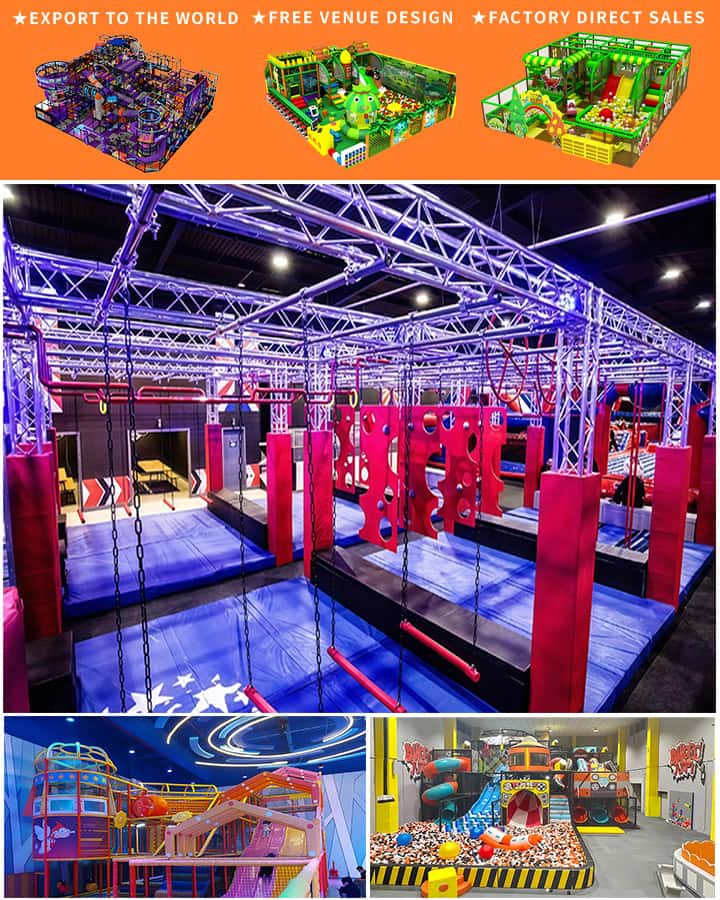Playground equipment plays a crucial role in early childhood development, providing young children with opportunities to explore, learn, and grow through physical activity and social interaction. The design, variety, and safety of playground equipment can significantly impact the well-being and developmental progress of young minds. This article explores the importance of playground equipment for early childhood and highlights its benefits across multiple development domains.
Physical Development
One of the most evident benefits of playground equipment is its contribution to physical development. Activities like climbing, sliding, and balancing enhance motor skills, coordination, and strength. For instance, climbing structures challenge children’s gross motor skills and improve their ability to navigate different terrains. Slides and swings offer fun ways to practice balance and coordination while building core muscles. These physical challenges encourage active play, which is essential for healthy growth and the prevention of childhood obesity.
Cognitive Development

Playground equipment also supports cognitive development by providing a hands-on learning environment. Children are naturally curious and eager to explore their surroundings. Interactive elements like puzzles, seesaws, and interactive panels stimulate problem-solving skills, spatial awareness, and creativity. For example, navigating a climbing structure requires planning and decision-making, fostering cognitive abilities that are foundational for academic learning.
Social Skills
Early exposure to playground equipment aids in developing vital social skills. Playgrounds are social arenas where children learn to share, take turns, and cooperate with peers. Group activities, such as playing on seesaws or merry-go-rounds, teach children about teamwork and communication. These interactions are critical for emotional development and help children build friendships, understand social cues, and develop empathy.
Emotional Well-being
Playground equipment provides a safe space for children to express themselves freely and release energy. Engaging in physical play helps reduce stress and anxiety, promoting emotional well-being. The joy and satisfaction derived from play boost self-esteem and confidence. Moreover, overcoming physical challenges on the playground instills a sense of accomplishment and resilience in young children.
Safety Considerations
While the benefits of playground equipment are numerous, safety remains a paramount concern. Age-appropriate designs ensure that the equipment matches the developmental stage and capabilities of the children using them. Safety surfacing materials, such as rubber mats or wood chips, minimize the risk of injuries from falls. Regular maintenance and supervision by adults are also essential to ensure a safe play environment.
Conclusion
In conclusion, playground equipment is an invaluable resource for early childhood development. It supports physical health, cognitive growth, social skills, and emotional well-being. Thoughtfully designed playgrounds that prioritize safety and inclusivity can provide enriching experiences that lay the foundation for a lifetime of learning and development. As caregivers and educators, investing in quality playground equipment is an investment in the future of our children, nurturing their potential and fostering a love for play and exploration.




